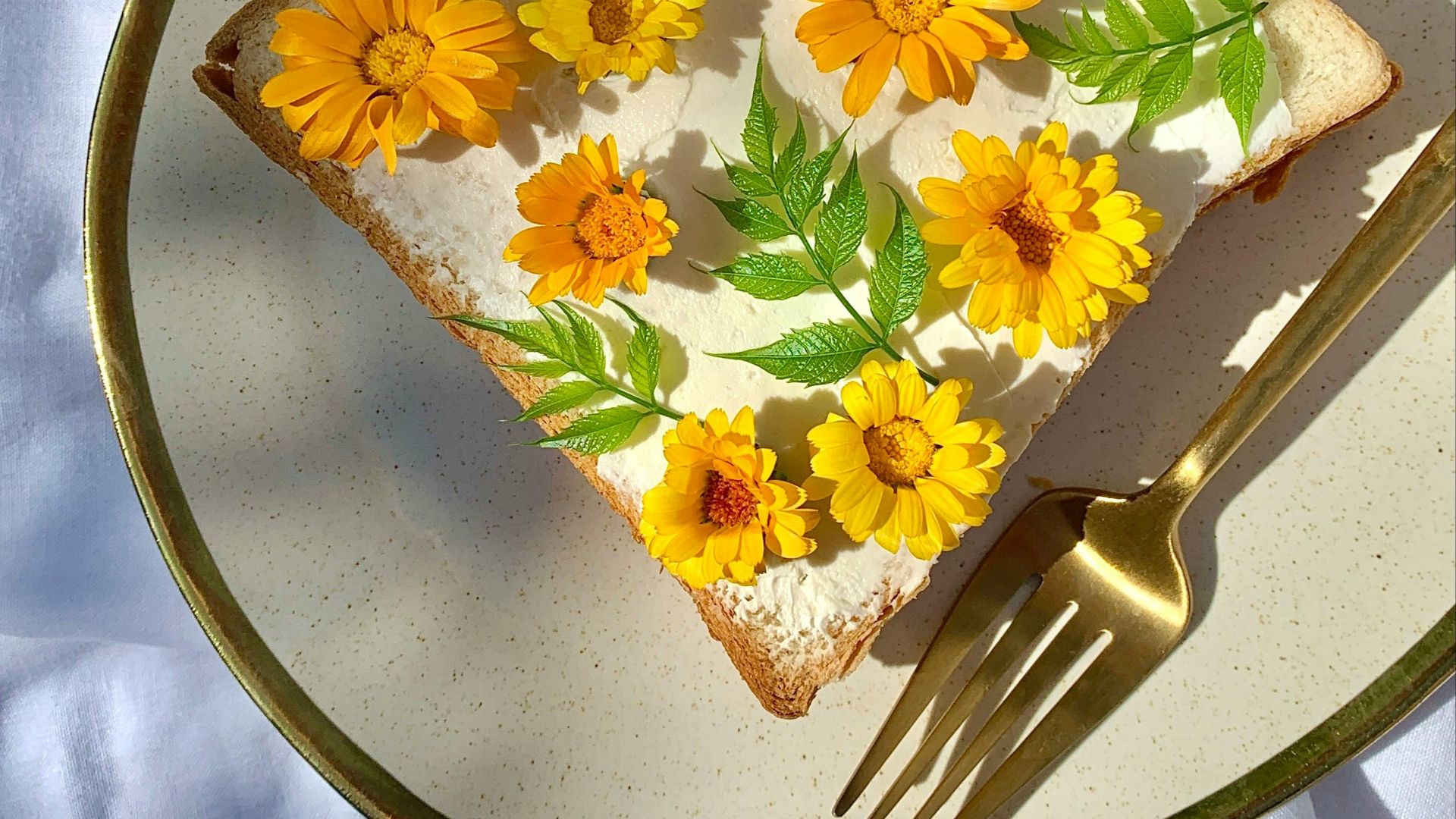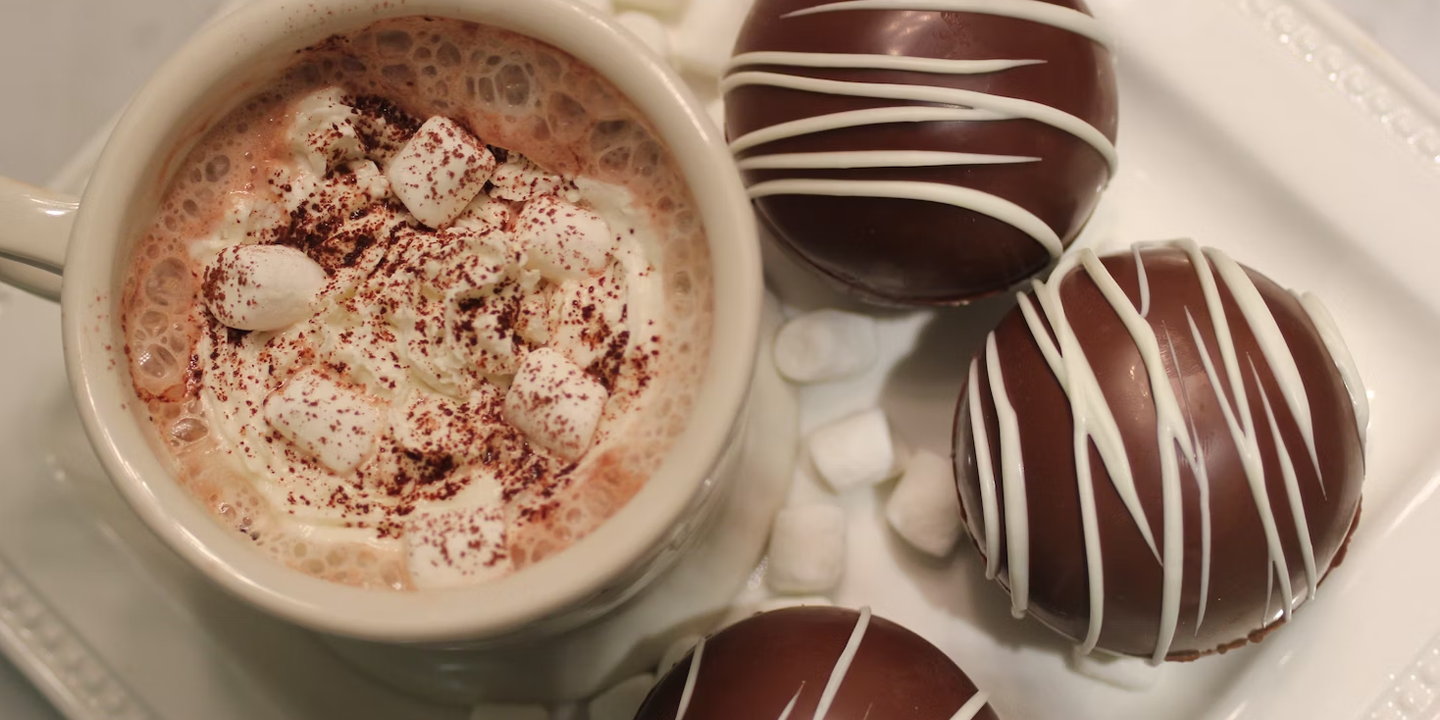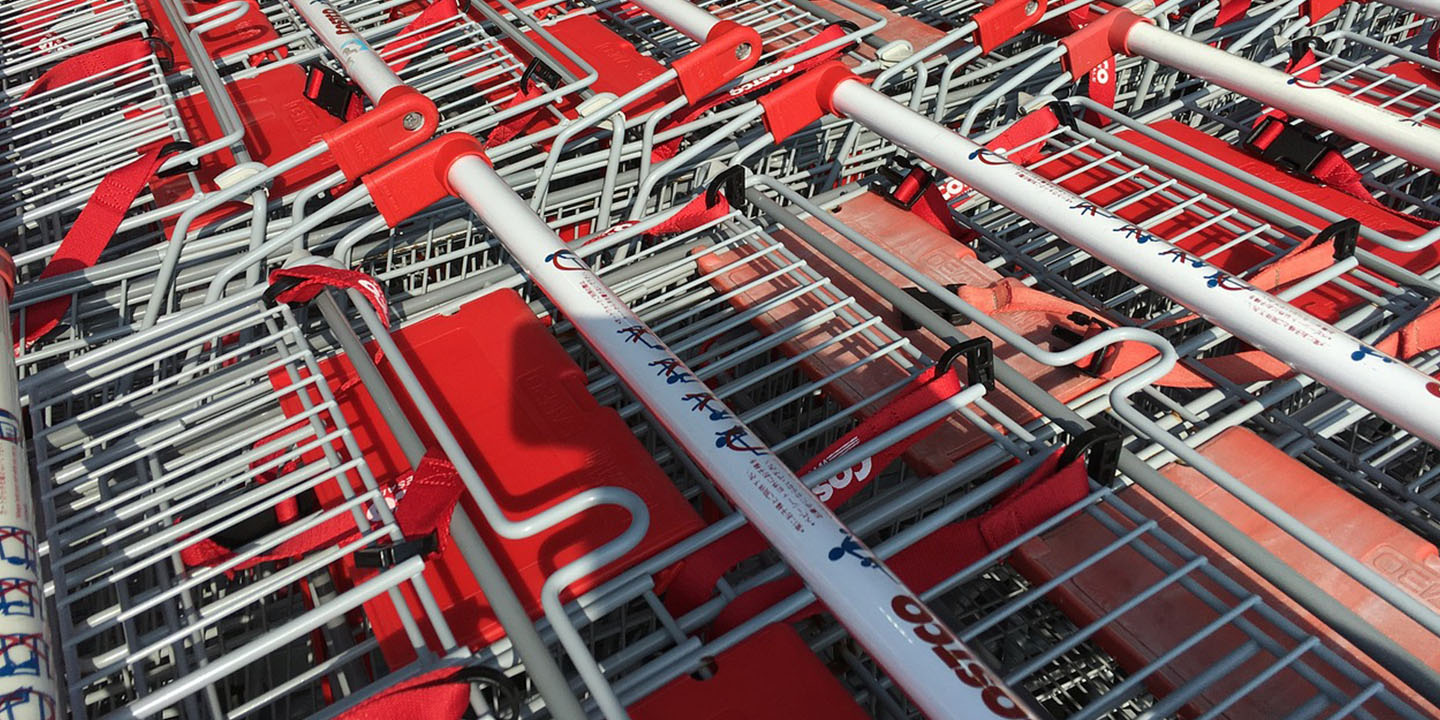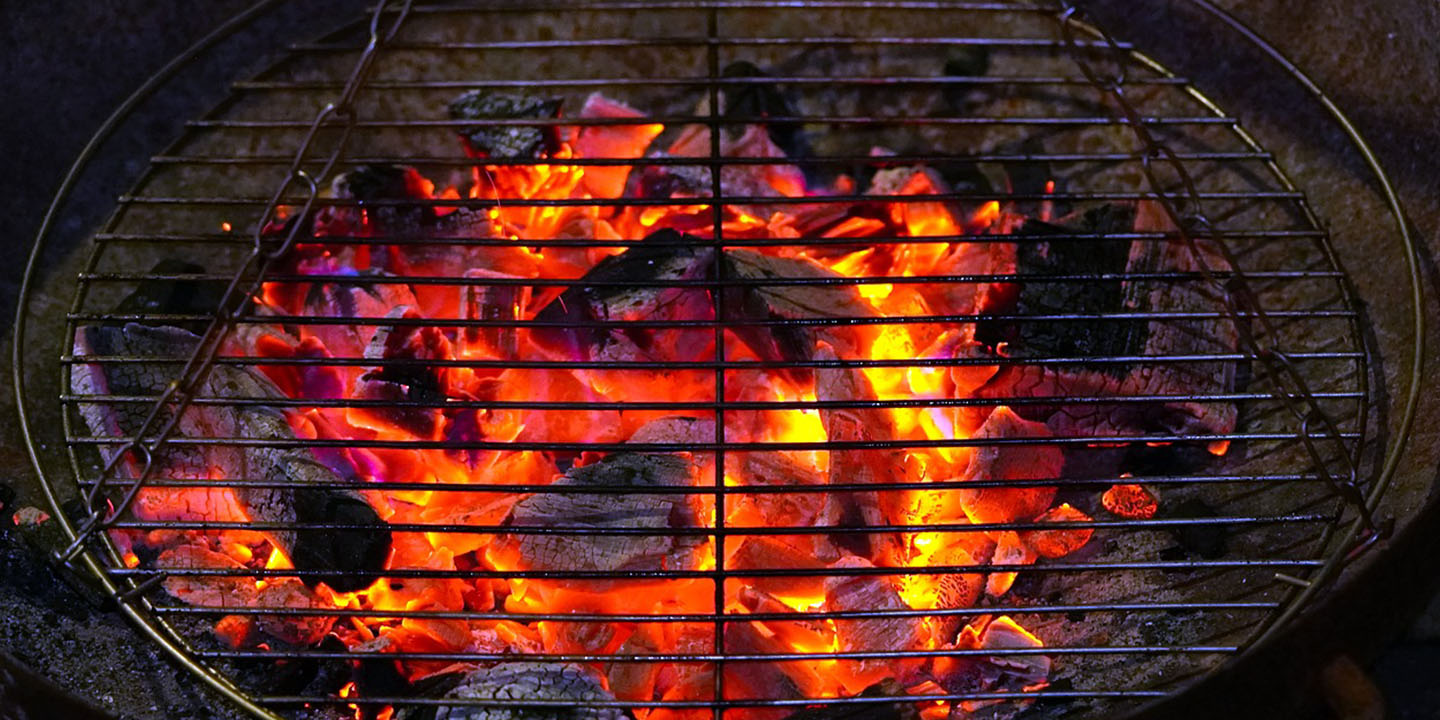Edible flowers are a stunning addition to any dish. They elevate plates from tasty-looking to gorgeous works of art. However, who among us has not asked, "Can I eat that?" when a plate adorned with dandelions and pansies lands on the table. Many of us opt not to out of pure uncertainty, but while anything served on a dish of food by a restaurant should presumably be edible, that doesn't mean it's always 100 percent safe.
What is "edible" anyway?
The word "edible" merely means that it's safe for human consumption. However, it doesn't necessarily mean that it's pleasant to eat. Eating a handful of dog food won't harm you, but does that mean you want to do it? The same goes for flowers. While many of them are nice to look at, they taste, well, floral—like you just swallowed a swig of perfume.
The confusion of edible flowers
Some of the most common edible flowers include: lavender, marigold, pansy, rose, dandelion, chamomile, and hibiscus. However, if a flower is classified as "safe," it doesn't mean all parts of the plant are nontoxic. Perhaps the petals are consumable, but not the leaves, for example. Furthermore, many types of edible flowers have toxic subspecies. For example, only some types of roses are edible, and it's very hard to tell the difference between those that are safe and unsafe to consume.
The dangers of edible flowers
Just because flowers are pretty doesn't mean they're not harmful. Just like mushrooms, certain types can be deadly when consumed. Many toxic flowers look just as inviting as their edible counterparts. For example, popular landscaping plants like foxglove, oleander, daffodils, wisteria, and lily of the valley are cute to look at but highly poisonous, and even a small amount can be dangerous if consumed.
People with allergies to pollen should never eat edible flowers, and women who are breastfeeding or pregnant should also avoid them. Many naturally "edible" flowers are unsafe when conventionally grown or can become toxic if treated with pesticides or chemical preservatives. Edible flowers are not legally regulated, and there is no clear, agreed-upon list of safe-to-consume flowers, so it's always somewhat of a gamble. That being said, you're not eating an entire salad of flowers; a few pretty petals of even improperly grown edible flowers probably won't harm you because you'll only ingest tiny trace amounts of toxins.
How to safely consume edible flowers
The purpose of this article isn't to make you swear off edible flowers. They're often included on a plate to add more than just aesthetics, but aroma and flavor, too. They can be enjoyed safely if you're careful. The best approach is to buy from reputable sources that specialize in organic, food-safe blossoms. Know the variety of flowers and check how they were treated. If a flower shows up on your plate, don't eat it unless you can positively identify it. When in doubt, don't take the risk.
It's become undeniably fashionable for restaurants to garnish dishes and cocktails with flowers, but they’re not just decorations—they're plants with chemical properties. When it comes to flowers, the difference between tasty and toxic may be smaller than you think, but you can enjoy this trend safely with a little education and caution.
KEEP ON READING









